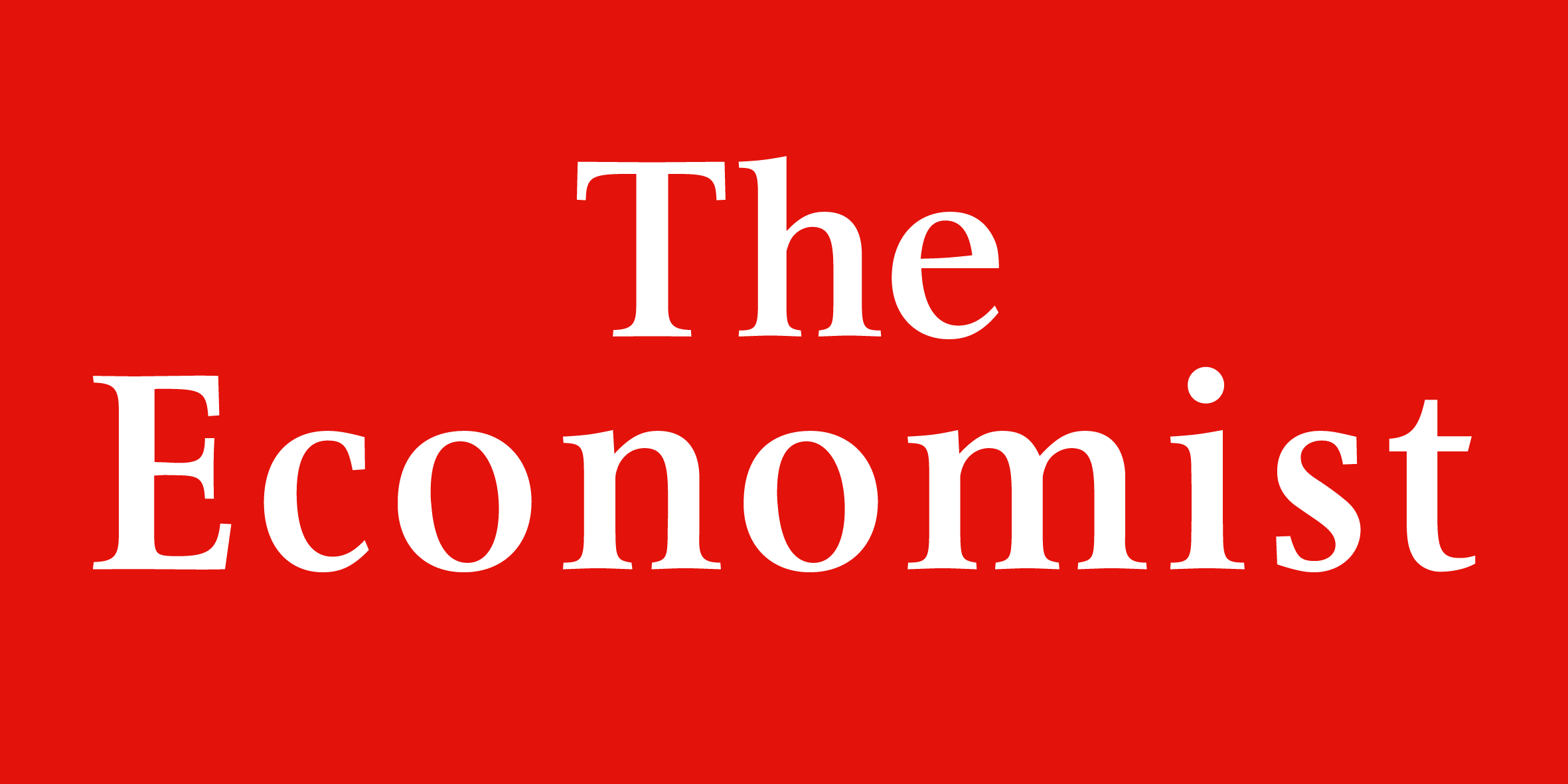Global supply chains are still a source of strength, not weakness
Resilience comes not from autarky but from diverse sources of supply
For the best part of a week, the Suez canal was blocked by a 200,000-tonne metaphor. The Ever Given is not just one of the world’s biggest container ships, it is also the emblem of a backlash that accuses globalisation of going too far. Since the early 1990s supply chains have been run to maximise efficiency. Firms have sought to specialise and to concentrate particular tasks in places that offer economies of scale. Now, however, there are growing worries that, like a ship which is too big to steer, supply chains have become a source of vulnerability.
A semiconductor shortage is forcing car firms to idle plants all over the world. China has imposed a digital boycott of h&m, a Western retailer that appears unwilling to source cotton from Xinjiang, where the Communist Party is locking up Uyghurs and pressing them into forced labour. The European Union and India have clamped down on vaccine exports, disrupting the world’s efforts to get jabs into arms. As they battle the pandemic and face up to rising geopolitical tensions, governments everywhere are switching from the pursuit of efficiency to a new mantra of resilience and self-reliance.





